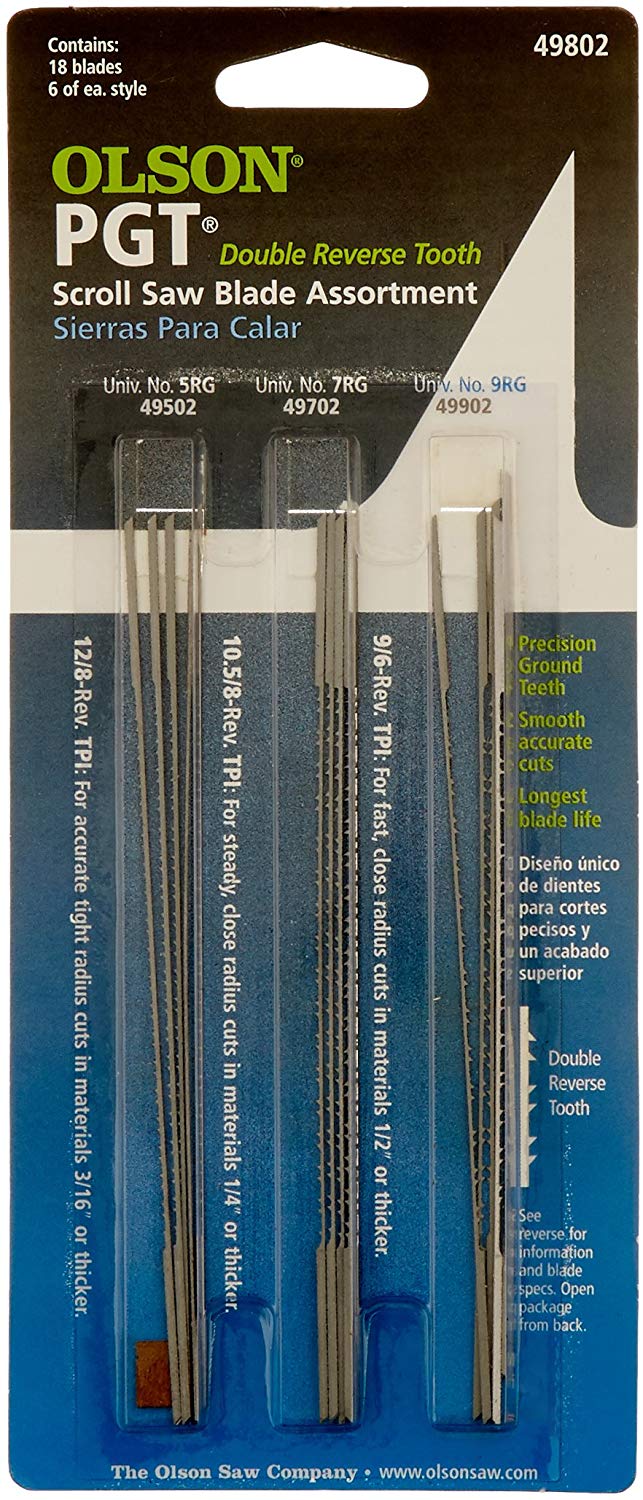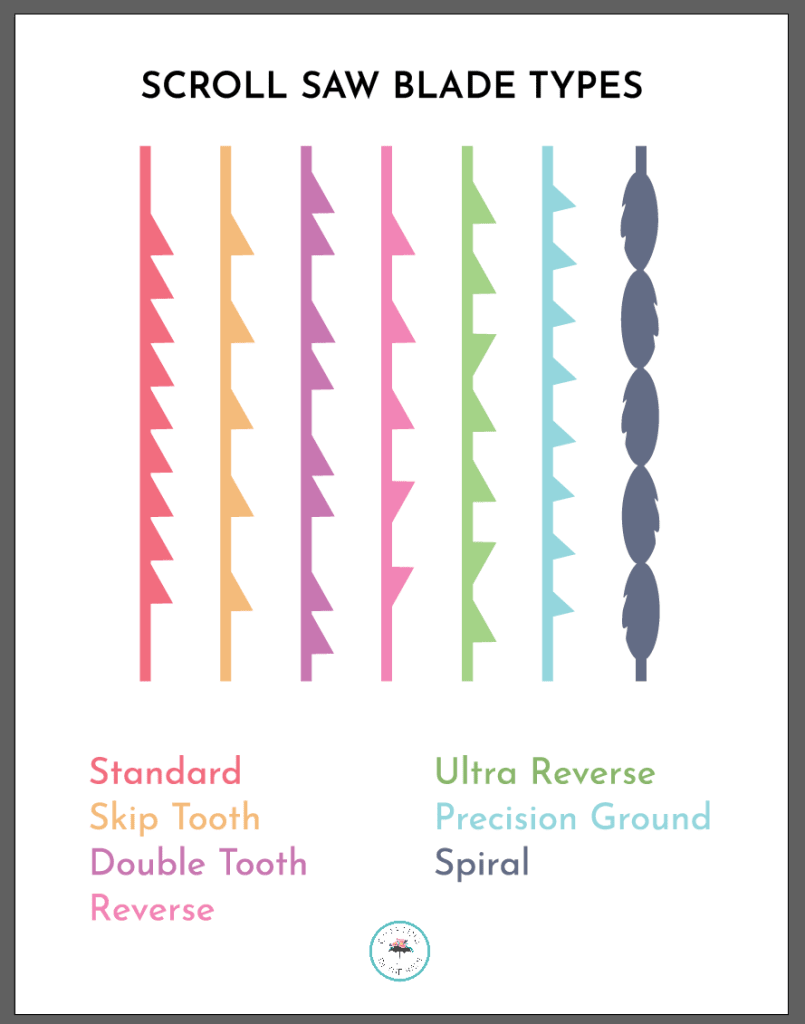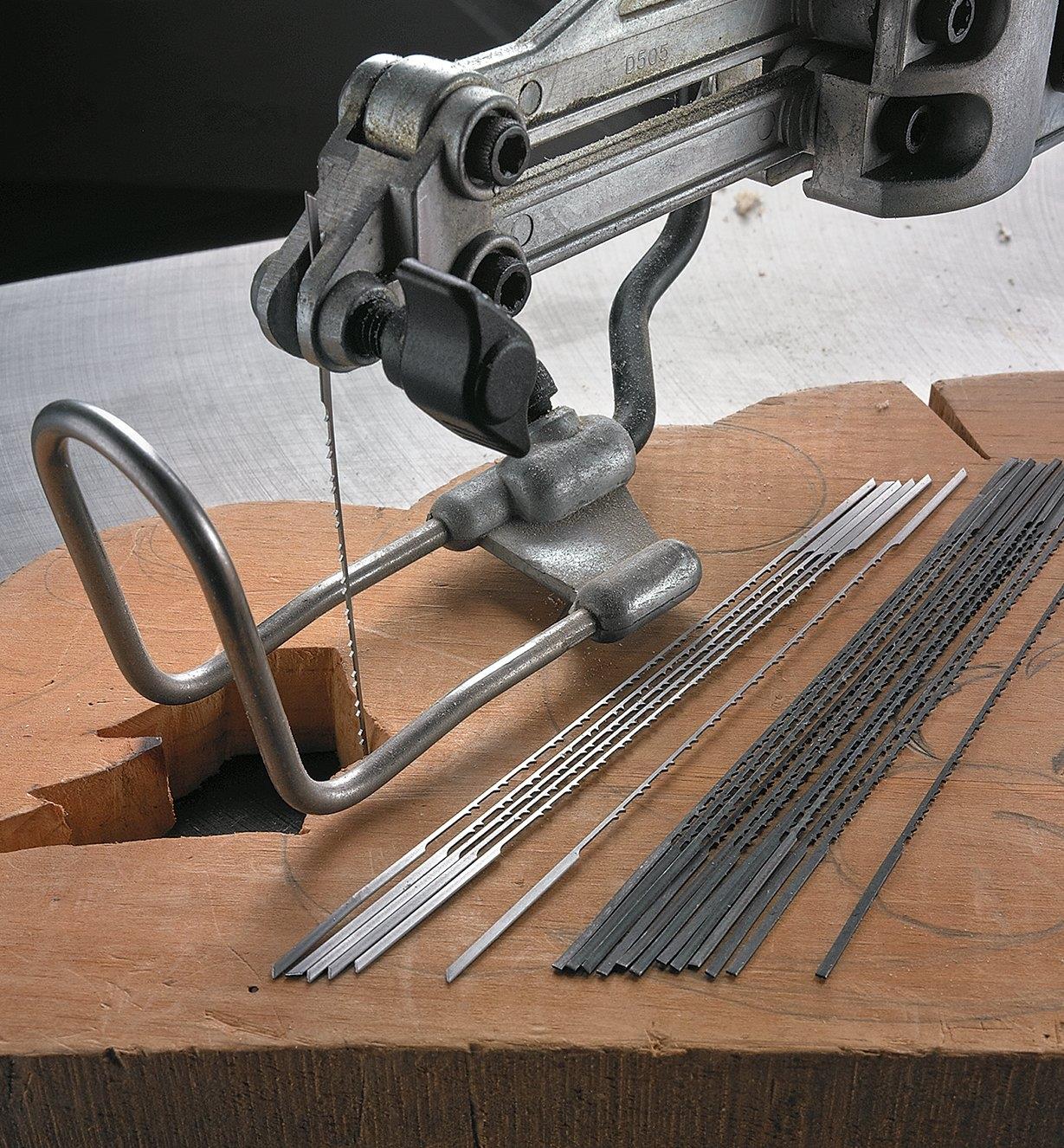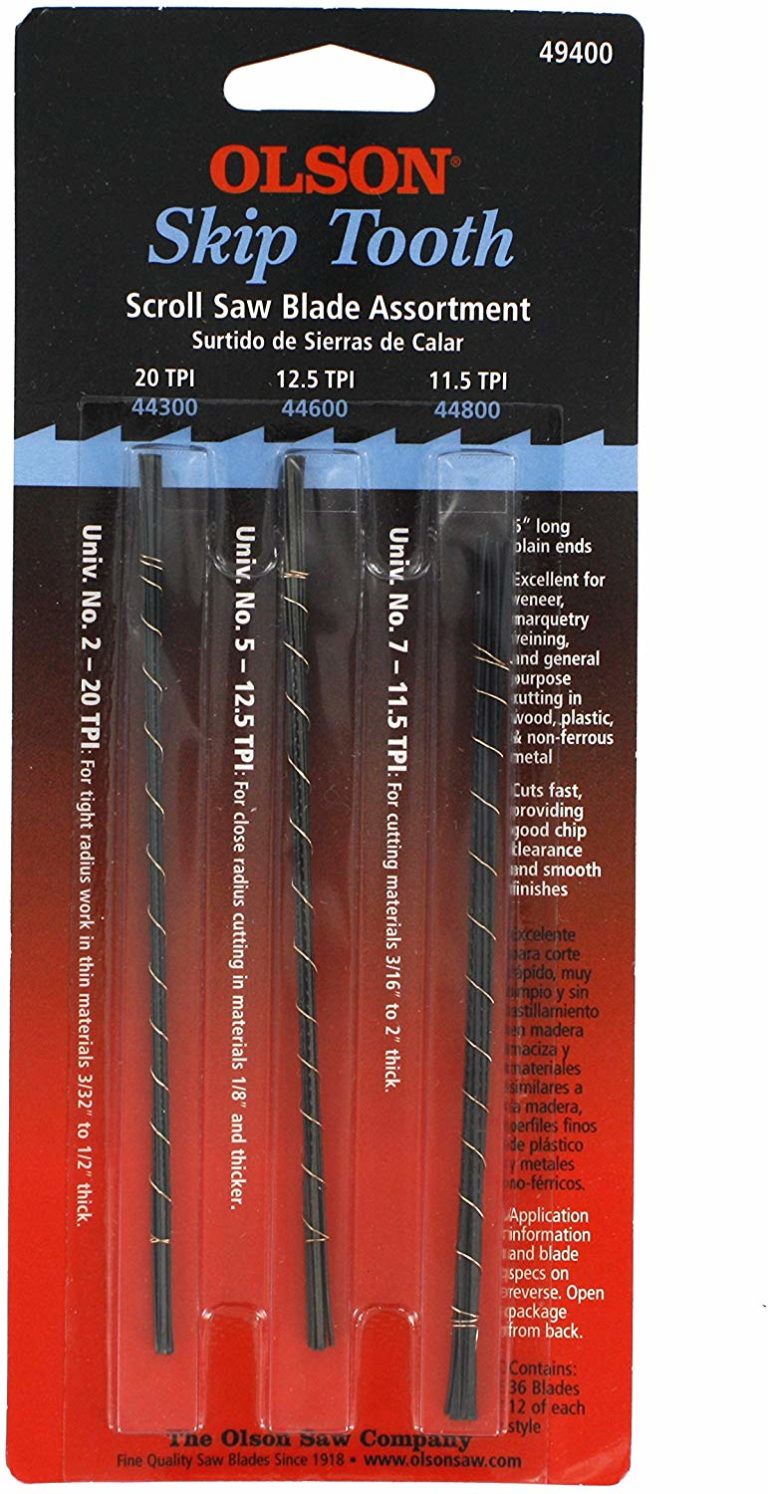Best Scroll Saw Blades For Tight Turns

Okay, folks, gather 'round! Let's talk about something near and dear to every scroll saw enthusiast's heart: blades! But not just any blades, oh no. We're talking about the ninjas of the blade world, the contortionists of cutting, the masters of the minuscule: blades for tight turns!
Ever tried to make a delicate swirl, a graceful curve, or a teensy-tiny internal cut with a blade that handles like a school bus? Trust me, it’s about as fun as trying to herd cats with a pool noodle. You end up with frustration, splintered wood, and the overwhelming urge to fling your scroll saw out the window.
The Quest for the Perfect Curve
Finding the right blade for those intricate designs is like finding the perfect pair of jeans. You gotta try on a few (or a dozen) before you find the ones that fit just right.
Tooth Talk: Skipping vs. Standard
First, let's chat teeth! Think of skipping tooth blades as the Usain Bolts of the blade world – they're designed for speed. Their tooth pattern helps clear out sawdust like a tiny, efficient street sweeper, which is amazing for thicker woods, but sometimes, they can be a bit too aggressive for delicate work.
Now, standard tooth blades are your reliable, everyday heroes. They're the steady eddies, providing a smoother cut. For tight turns, smoother is almost always better. Imagine trying to navigate a hairpin turn in a monster truck versus a go-kart – which one gives you more control?
The TPI Tango: More Teeth = More Control
Ah, TPI! That stands for Teeth Per Inch, and it's crucial. Think of it this way: the more teeth you have crammed into an inch, the finer and more controlled your cut will be. A blade with a high TPI is like using a super-fine-tipped pen versus a thick marker – much easier to create delicate details.
Generally, for tight turns, you'll want to lean towards blades with a higher TPI. Something in the 15-20 TPI range is a good starting point. However, don’t be afraid to experiment! It's like finding the perfect spice blend for your signature chili – you might need to tweak it a bit.
Material Matters: Hard Woods vs. Soft Woods
The type of wood you're using plays a huge role, too! Trying to cut a super-hard wood like maple with a flimsy blade is like trying to cut butter with a spoon. It’s gonna be a struggle!
Softer woods like pine are generally more forgiving. Harder woods demand a tougher blade, but you still want finesse for those tight turns. It's a delicate balancing act.
Blade Recommendations (With a Grain of Salt!)
Alright, alright, I know what you're thinking: "Just tell me which blades to buy already!" Okay, okay, I hear you. But remember, this is just a starting point! What works wonders for me might be a total disaster for you.
Consider blades like the Pegas Modified Geometry. Their unique tooth geometry can handle complex cuts with surprising ease. They're the fancy sports cars of the scroll saw world.
Also look at some spiral blades, these blades cut in all directions. Spiral blades are very useful in applications that involve intricate patterns and shapes. Think of the spiral blade like a very precise router bit!
Ultimately, the best blade is the one that feels the most comfortable and gives you the best results for your specific projects. So, go out there, experiment, and don't be afraid to make a few mistakes along the way! Happy scrolling!


















